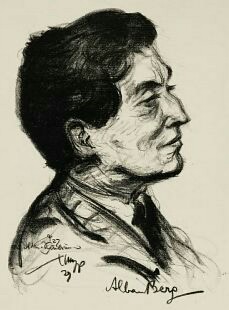
Alban Berg's Violin Concerto was written in 1935. It is probably Berg's best-known and most frequently performed piece. In it, Berg sought to reconcile diatonicism and dodecaphony. The work was commissioned by Louis Krasner, and dedicated by Berg to "the memory of an angel", Manon Gropius. It was the last work he completed. Krasner performed the solo part in the premiere at the Palau de la Música Catalana, Barcelona, on 19 April 1936, after the composer's death.

The Violin Concerto in D major, Op. 61, was written by Ludwig van Beethoven in 1806. Its first performance by Franz Clement was unsuccessful and for some decades the work languished in obscurity, until revived in 1844 by the then 12-year-old violinist Joseph Joachim with the orchestra of the London Philharmonic Society conducted by Felix Mendelssohn. Joachim would later claim it to be the "greatest" German violin concerto. Since then it has become one of the best-known and regularly performed violin concertos.

The Violin Concerto in D major, Op. 77, was composed by Johannes Brahms in 1878 and dedicated to his friend, the violinist Joseph Joachim. It is Brahms's only violin concerto, and, according to Joachim, one of the four great German violin concerti:
The Germans have four violin concertos. The greatest, most uncompromising is Beethoven's. The one by Brahms vies with it in seriousness. The richest, the most seductive, was written by Max Bruch. But the most inward, the heart's jewel, is Mendelssohn's.
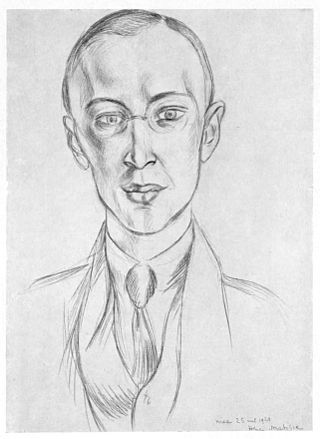
Sergei Prokofiev wrote his Symphony No. 3 in C minor, Op. 44, in 1928.

Sergei Prokofiev's Symphony No. 4 is actually two works, both using material created for The Prodigal Son ballet. The first, Op. 47, was completed in 1930 and premiered that November; it lasts about 22 minutes. The second, Op. 112, is too different to be termed a "revision"; made in 1947, it is about 37 minutes long, differs stylistically from the earlier work, reflecting a new context, and differs formally as well in its grander instrumentation. Accordingly there are two discussions.
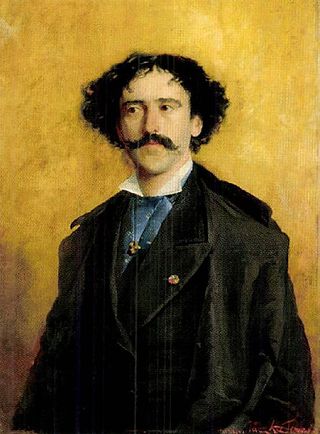
The Carmen Fantasy, Op. 25, by Pablo de Sarasate is a fantasy on themes from Bizet's Carmen for violin and piano or orchestra, composed in 1881. A version with piano accompaniment was published in 1882. It was dedicated to Joseph Hellmesberger.

Felix Mendelssohn's Violin Concerto in E minor, Op. 64, MWV O 14, is his last concerto. Well received at its premiere, it has remained among the most prominent and highly-regarded violin concertos. It holds a central place in the violin repertoire and has developed a reputation as an essential concerto for all aspiring concert violinists to master, and usually one of the first Romantic era concertos they learn. A typical performance lasts just under half an hour.
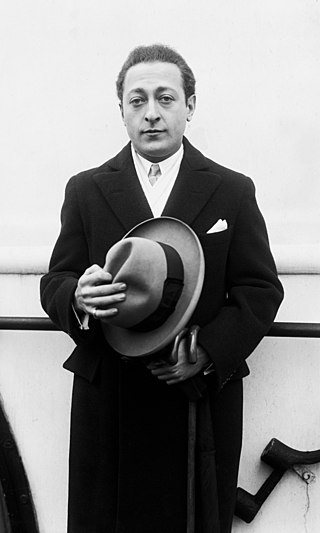
The Violin Concerto by William Walton was written in 1938–39 and dedicated to Jascha Heifetz, who commissioned the work and performed it at its premiere on 7 December 1939 with the Cleveland Orchestra conducted by Artur Rodziński. The British premiere, delayed by the Second World War, was given on 1 November 1941, with Henry Holst as soloist and the composer conducting. Walton later reorchestrated the concerto; the revised version was premiered in 1944. The work has been frequently recorded and has established itself as one of the composer's most durable compositions.
Sergei Prokofiev began his Violin Concerto No. 1 in D major, Op. 19, as a concertino in 1915 but soon abandoned it to work on his opera The Gambler. He returned to the concerto in the summer of 1917. It was premiered on October 18, 1923 at the Paris Opera with Marcel Darrieux playing the violin part and the Paris Opera Orchestra conducted by Serge Koussevitzky. Igor Stravinsky made his debut as conductor at the same concert, conducting the first performance of his own Octet for Wind Instruments.
The Symphonie espagnole in D minor, Op. 21, is a work for violin and orchestra by Édouard Lalo.
The Young Person's Guide to the Orchestra, Op. 34, is a 1945 musical composition by Benjamin Britten with a subtitle Variations and Fugue on a Theme of Purcell. It was based on the second movement, "Rondeau", of the Abdelazer suite. It was originally commissioned for the British educational documentary film called Instruments of the Orchestra released on 29 November 1946, directed by Muir Mathieson and featuring the London Symphony Orchestra conducted by Malcolm Sargent; Sargent also conducted the concert première on 15 October 1946 with the Liverpool Philharmonic in the Philharmonic Hall, Liverpool, England.
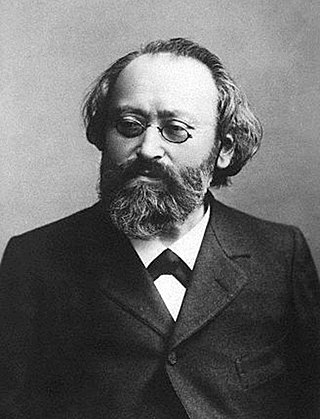
Max Bruch's Violin Concerto No. 1 in G minor, Op. 26, is one of the most popular violin concertos in solo violin repertoire and, along with the Scottish Fantasy, the composer's most famous work. It has been recorded often.
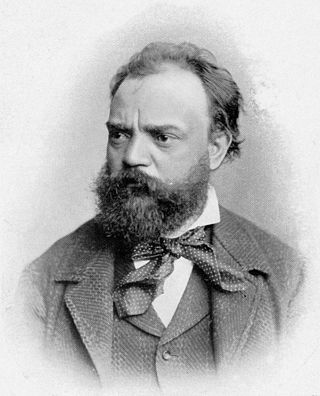
The Violin Concerto in A minor, Op. 53, is a concerto for violin and orchestra composed by Antonín Dvořák in 1879. It was premiered in Prague on October 14, 1883. by František Ondříček, who also gave the Vienna and London premieres. Today it remains an important work in the violin repertoire.
Samuel Barber completed his Violin Concerto, Op. 14, in 1939. It is a work in three movements, lasting about 22 minutes.

Igor Stravinsky's Violin Concerto in D is a neoclassical violin concerto in four movements, composed in the summer of 1931 and premiered on October 23, 1931. It lasts approximately twenty minutes.

Augustin Hadelich is an Italian-German-American Grammy-winning classical violinist.
Cello Concerto in E minor, Op. 58 is a concerto written by Sergey Prokofiev between 1933 and 1938. Its duration is approximately 35 minutes. It consists of three movements:
- Andante – Poco meno mosso – Adagio
- Allegro giusto
- Tema (allegro) – Interludio 1 – Variations 1–3 – Interludio 2 – Variation 4 – Reminiscenza – Coda – Più mosso
Robert Soetens was a French violinist, remembered particularly for premiering the Violin Concerto No. 2 of Sergei Prokofiev in 1935.
William Walton's Cello Concerto (1957) is the third and last of the composer's concertos for string instruments, following his Viola Concerto (1929) and Violin Concerto (1939). It was written between February and October 1956, commissioned by and dedicated to the cellist Gregor Piatigorsky, the soloist at the premiere in Boston on 25 January 1957.
Sergei Prokofiev composed his Sonata for Two Violins in C major, Op. 56, in 1932 during his vacation near St. Tropez as a commission piece to conclude the inaugural concert of Triton, a Paris-based society dedicated to presenting new chamber music. That concert was held on 16 December 1932.











